Results 31 to 40 of 266
-
 BANNED BANNED BANNED
BANNED BANNED BANNED

- Join Date
- Sep 2015
- Posts
- 13,919
April 17th, 2017 08:20 PM #31Ang pinaka ok na tree na magpark kotse = Talisay
Ang concern ko lang pag sa mga flowering tree like mabolo and duhat. Ang dami maliit na flower...buds = magclog sa drain ng widshield. Yung paint naman kung madamage pwede papinturahan pero windshield naku baklas na.
-
Maganda timing ng ulan ngayon. Super sunny kanina tapos pag dating 6pm umulan.
-
 BANNED BANNED BANNED
BANNED BANNED BANNED

- Join Date
- Sep 2015
- Posts
- 13,919
April 22nd, 2017 10:15 PM #32Molave (endangered)
It’s fast-growing, requires only partial sunlight, and drought-resistant. What more can you ask for? The sturdiness of the Molave tree has been part of local knowledge for centuries. In fact, it was even mentioned in President Manuel L. Quezon’s speech: “I want our people to grow and be like the molave, strong and resilient, rising on the hillside, unafraid of the raging flood, the lightning or the storm, confident of its own strength.”
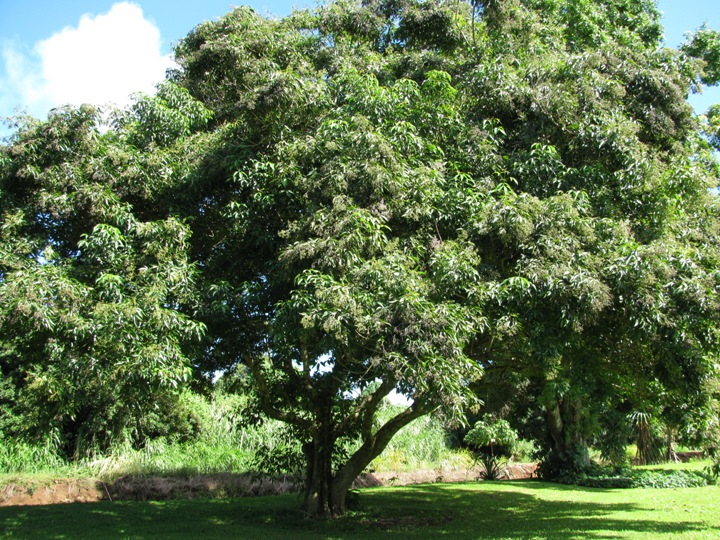
-
 BANNED BANNED BANNED
BANNED BANNED BANNED

- Join Date
- Sep 2015
- Posts
- 13,919
May 14th, 2017 03:49 AM #33After Ondoy: Hope for the Upper Marikina Watershed
After Ondoy: Hope for the Upper Marikina Watershed
Years after deforestation in the watershed contributed to Ondoy floods, the trees are making a comeback
FOREST GUARDIANS. Tess Argota (foreground) and a village volunteer look at a growing seedling in a reforestation site in Calawis, Antipolo in the Upper Marikina Watershed. All photos by Pia Ranada/Rappler
MANILA, Philippines – Forester Tess Argota walks through murmuring streams and lush green forest paths in the Upper Marikina Watershed to a reforestation site she has tended for 3 years.
Though the 26,125-hectare reserve is only an hour from Metro Manila, it feels removed from civilization. Mists veil rolling hills of green. Sunlight filters weakly through rain clouds to shine upon empty mountain valleys.
Argota is helping the village of Calawis in Antipolo City reforest 800 hectares of the watershed.
The seedlings, all indigenous species like kupang, narra, palosapis, lauan and molave, have thrived. Some are taller than human height, invigorated by the mountain air, moist climate and rains.
These young trees may be high up in the mountains, but their survival could mean the survival of Metro Manila down in the lowlands.
When Typhoon Ondoy struck in 2009, it was the deforested Upper Marikina Watershed that contributed to the unprecedented flooding that submerged entire homes and claimed hundreds of lives. (READ: What have we done since Ondoy?)
The loss of trees from decades of illegal logging, burning of trees to make charcoal and slash-and-burn farming (kaingin) left the watershed unable to absorb rain water. With nowhere else to go, the water flowed to the lowlands – to devastating effect.
Awakened to the deadly consequences of a deforested watershed, the government poured millions of pesos to rehabilitate the reserve. In 2011, it declared the Upper Marikina Watershed a protected landscape through Presidential Proclamation 296.
When Typhoon Ondoy struck in 2009, it was the deforested Upper Marikina Watershed that contributed to the unprecedented flooding that submerged entire homes and claimed hundreds of lives. (READ: What have we done since Ondoy?)
The loss of trees from decades of illegal logging, burning of trees to make charcoal and slash-and-burn farming (kaingin) left the watershed unable to absorb rain water. With nowhere else to go, the water flowed to the lowlands – to devastating effect.
Awakened to the deadly consequences of a deforested watershed, the government poured millions of pesos to rehabilitate the reserve. In 2011, it declared the Upper Marikina Watershed a protected landscape through Presidential Proclamation 296.
-
 BANNED BANNED BANNED
BANNED BANNED BANNED

- Join Date
- Sep 2015
- Posts
- 13,919
May 14th, 2017 03:53 AM #34continuation
COMMUNITY-BASED REFORESTATION. Forester Tess Argota and village organization president Virginia Banaga in the village office in Calawis where they keep the seedling nursery
The foresters deal directly with the local organizations that grow the seedlings and recruit their fellow villagers as forest guards (bantay gubat).
In the office of the Calawis village organization Argota is helping, tiny narra seedlings wait in neat rows for their turn to be planted in the watershed.
Seedlings are purchased by the DENR or PDRF for around P10 (US$0.23) to P13 ($0.30) depending on the type of tree. This provides income for the village organizations.
PDRF has so far managed to plant seedlings in around 750 hectares of the reserve. Argota says they've been able to achieve at least 85% survival rate of the seedlings.
Only 3 years into the program, it may be too soon to call the initiative a success, but the tall, young trees and positive monitoring records of the foresters give hope.
Forest protection
The Upper Marikina Watershed's future looks bright given the efforts now devoted to its regeneration. The same cannot be said of other watersheds in the country. (READ: Runners race to save endangered watershed)
A visit to the Ipo Watershed in Bulacan last June revealed the rampant illegal logging and charcoal-making happening right under the noses of the DENR and Metropolitan Waterworks and Sewerage System (MWSS), the two groups in charge of protecting the watershed.
GROWING. Foresters report 85% survival rate among indigenous seedlings they planted
These destructive activities are still ongoing in parts of the Upper Marikina Watershed but the PDRF has at least been able to establish a system for forest protection.
Through the local organizations it partners with, the PDRF hires locals as forest guards who watch over the reforestation sites round the clock. They are paid P2,000 ($46) every 3 months, said Virginia Bañaga, president of the village organization Tulungan sa Kabuhayan ng Calawis (TSKC).
Forest guards make rounds of the hectares of land assigned to the village organization they belong to. Depending on their capability and manpower, organizations may be put in charge of from 10 to 150 hectares.
When forest guards find out about a forest fire in another part of the watershed or during summer months when forest fires are likely to happen, they establish fire lines around the reforestation site to prevent the scourge from reaching the seedlings.
Foresters like Argota meanwhile make quarterly reports on the growth of the seedlings, recording them faithfully in ledgers submitted to the companies funding the reforestation.
Based on their contract, local organizations should report a survival rate of at least 90%.
Being able to get locals on the side of reforestation is crucial for efforts to succeed.
ON DUTY. Villagers who volunteer to be forest guards follow a daily schedule
Some 90% of the villagers who live around or within the watershed depend on charcoal-making as a source of livelihood.
This is why Jorge Maragondon, president of another partner village organization (in San Jose, Antipolo City), says it's a good strategy to get locals to guard the reforestation sites.
"Madali lang kasi kilala rin namin ang mga nagkakaingin o nang-uuling. Diplomasya lang ang kailangan. Sinasabi ko sa mga miyembro ko, huwag sila magsuway na parang nananakot kasi lalakas lang yung galit ng tao," he said.
(It's easy because we also know the people who do slash-and-burn farming or charcoal-making. Diplomacy is enough. I tell my members not to threaten them because it will only make them angry.)
-
 BANNED BANNED BANNED
BANNED BANNED BANNED

- Join Date
- Sep 2015
- Posts
- 13,919
May 14th, 2017 03:57 AM #35last part......
Regeneration
It's the presence of a forest protection system that makes the Upper Marikina Watershed's situation more hopeful compared to watersheds like Ipo.
Martin Francisco, president of Sagip Sierra Madre Environmental Society, said reforestation efforts will go to waste without the forest protection component.
In fact, forest protection may be even more important than reforestation.
"Nature has a way of returning to its former beauty. If you just leave it alone and protect it, the trees will grow back by themselves," he said during a visit to the Ipo Watershed.
In a reforestation site in Calawis, Argota showed Rappler kupang trees that were not planted by the village organization but sprouted from the ground anyway.
"This is what you call regeneration, when the trees native to the forest just grow back on their own. They're usually from seeds blown by the wind or dropped by birds," she told me as we look up at the trees' cheerfully swaying branches.
Such trees would never have reached their present height without effective forest protection, given the intense pressure still being felt by the watershed from charcoal-makers and kaingineros.
The Marikina Initiative is also working towards reducing this pressure by providing alternative livelihood for the villagers, said Lim.
DRIFTWOOD ART. Joselito, a Dumagat, holds a piece of driftwood art
Payment for seedlings and the hiring of locals as forest guards are just some of the options. PDRF has also taught locals how to process and package products from the forest like wild honey, sweet syrup from the lipote fruit (similar to duhat) and fermented turmeric extract from yellow ginger.
Members of the Dumagat tribe who used to be charcoal-makers now turn dead wood gathered from the forest floor into driftwood art. PDRF got artist Rey Contreras to teach them how to carve fanciful shapes from the wood.
So instead of burning living trees to earn a living, they carve dead ones into sculptures depicting a mother and child or a fish emerging from a coral. The Dumagats' art work will soon be exhibited in Ayala Malls within the next few months.
Despite these efforts, the Upper Marikina Watershed is still in danger.
The more than 3,000 people living inside the watershed increase in number every year, making pollution and deforestation harder to manage.
Charcoal-making, kaingin and even small-scale gold mining still threaten its trees. The watershed's cool climate, majestic mountain-top views and proximity have even attracted real estate interest.
But the Upper Marikina Watershed is a hopeful work-in-progress. Catalyzed by a calamity, present efforts aim to prevent another one.
Can other watersheds benefit from the same attention? Or will it take another devastating typhoon? –
Rappler.com
-
 Verified Tsikot Member
Verified Tsikot Member

- Join Date
- Oct 2008
- Posts
- 213
May 16th, 2017 08:45 AM #36Mangrove tree.. have been trying to plant one near the sea shore, but it always get swept away by the waves..
-
 Verified Tsikot Member
Verified Tsikot Member

- Join Date
- Oct 2008
- Posts
- 213
May 16th, 2017 08:54 AM #37Is Magkono Tree the same as "Tugas"?
Are there any place here in manila that sells wide selection of seedlings? particularly narra, molave, tugas?
-
 BANNED BANNED BANNED
BANNED BANNED BANNED

- Join Date
- Sep 2015
- Posts
- 13,919
May 16th, 2017 06:52 PM #38^
Sa manila seedling bank - go to west avenue office muna nila. Yung sa agham road kasi hawak na ng qc govt. So hindi basta nagpapapasok... (binenta sa ayala group tatayuan ng bulok na condo)
Cainta plant nursery- search mo sa yahoo.... Madami-dami dito kaso probinsya-ish sa layo......
-
 Verified Tsikot Member
Verified Tsikot Member

- Join Date
- Oct 2008
- Posts
- 213
May 17th, 2017 09:04 AM #39^
may office pa pala manila seedling sa west ave.. buti naman.. i thought totally nawala na sila sa area..thanks!
-
 BANNED BANNED BANNED
BANNED BANNED BANNED

- Join Date
- Sep 2015
- Posts
- 13,919
May 17th, 2017 10:10 PM #40^
Oo meron sa west ave.
Dalawa kasi naiwan sa agham road - manila seedling and puentespina farm ( the maker of malagos cheese and chocolate.) Matibay eh lumaban sa qc govt tatapusin yung lease.
Pati ata sa denr and bureau of plants meron ata.
Naghahanap nga ako mangkono seedling.... Ang bagal pala lumaki nyan......Mga 1 feet per year.




 Reply With Quote
Reply With Quote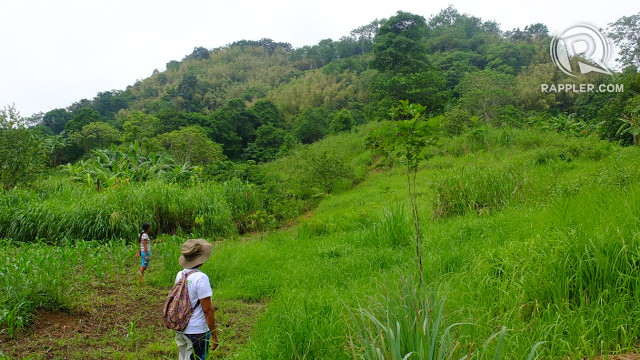
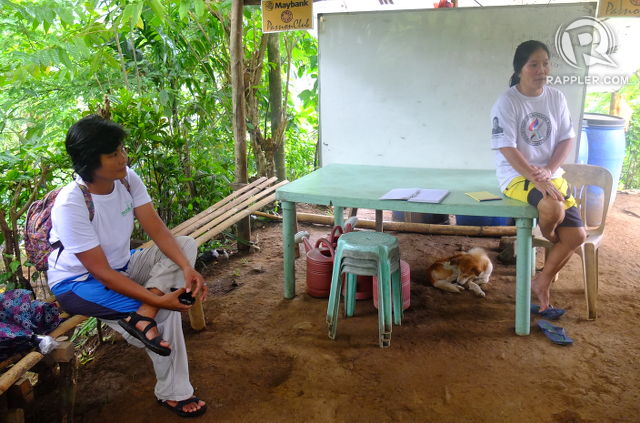
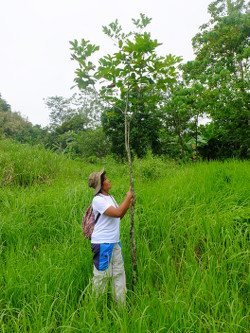
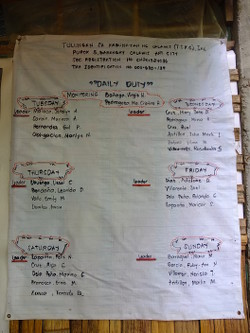
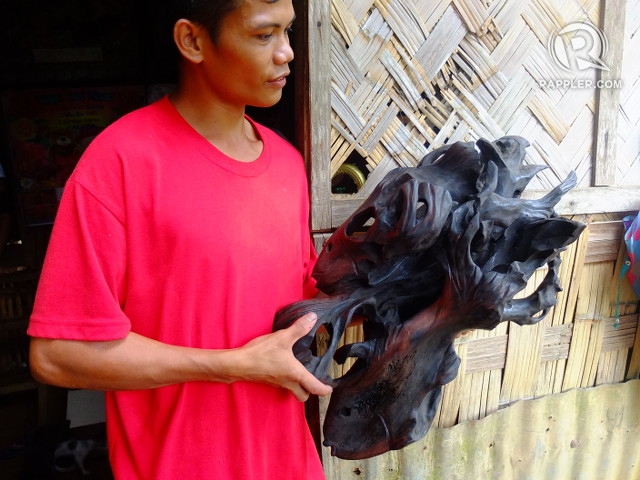






I don't feel any diffeence ng DCT Sent from my iPhone using Tapatalk
(2023) Ford Territory